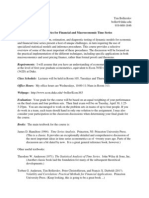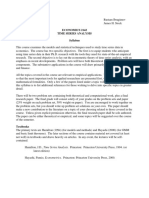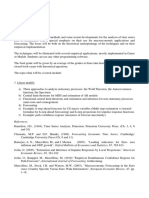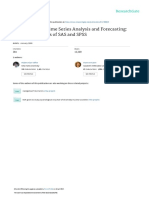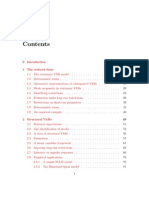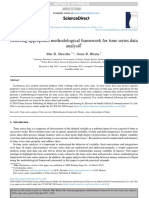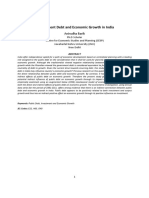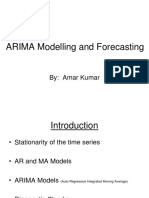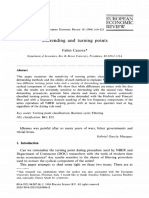**The Measurement and Significance of GDP**
In the realm of economics, the Gross Domestic Product (GDP) stands as a pivotal indicator of a nation's
economic performance. This measure, central to national income and product accounts, provides a
comprehensive view of the total value of goods and services produced within a country's borders. As
emphasized by Landefeld, Seskin, and Fraumeni (2008), the significance of GDP extends beyond mere
economic measurement. Policymakers, forecasters, business planners, and investors rely on GDP data to
make informed decisions, underscoring its vital role in shaping economic policies and strategies. The
historical development of GDP traces back to the Great Depression, a period marked by a pressing need
for a comprehensive economic indicator. Simon Kuznets spearheaded the creation of national income
accounts in the 1930s, initially relying on readily available tax data and business accounting practices.
This approach, however, presented limitations, as data gaps emerged, and concerns arose regarding the
alignment of these practices with economic principles. The advent of World War II further emphasized
the need for a measure encompassing national production and spending, leading to the development of
GDP. In the 1950s, Wassily Leontief's input-output accounts provided a robust framework for measuring
GDP through three distinct methodologies: the production approach, the income approach, and the
expenditure approach. These approaches, each offering a unique perspective on economic activity, have
shaped the way GDP is estimated and interpreted.
Time Series Analysis
**Time series analysis involves the systematic application of mathematical and statistical methods to
understand and model data that changes over time**. **A defining characteristic of time series data is
the correlation between adjacent time points, which distinguishes time series analysis from
conventional statistical methods that assume independence**. This inherent correlation can severely
restrict the applicability of traditional statistical methods.
**The level of smoothness observed in different time series is often a consequence of the degree of
correlation between adjacent time points**. To analyze time series data, specialized models are
required. Basic **measures of dependence** in a time series include the **mean function**, which
describes the average value of the series over time, and the **autocovariance and autocorrelation
functions (ACF)**, which quantify the linear dependence between a time series and its past values.
A key concept in time series analysis is **stationarity**. A **strictly stationary time series** exhibits
consistent probabilistic behavior across all possible collections of values and their corresponding shifted
�counterparts. In essence, this implies that the statistical properties of the series remain invariant over
time. For practical purposes, **weak stationarity**, which focuses on the stability of the first two
moments (mean and autocovariance), is often sufficient.
**Time series can exhibit various behaviors, including trends, seasonality, and randomness.** The
**random walk model**, where each observation is the sum of the previous observation and a random
error term, is a fundamental example of a non-stationary time series. **Trend stationarity** applies to
time series where the trend can be removed, leaving behind a stationary residual series.
The **Autoregressive Integrated Moving Average (ARIMA)** model, popularized by Box and Jenkins
(1970), offers a versatile framework for analyzing and forecasting time series data. ARIMA models
consist of three components: **autoregressive (AR), integrated (I), and moving average (MA)**. The
**AR component** utilizes past values of the series to predict future values. The **integrated (I)
component** addresses non-stationarity by differencing the series until stationarity is achieved. The
**MA component** incorporates past forecast errors to enhance the accuracy of future predictions.
**Differencing** plays a crucial role in addressing non-stationary time series. The **first difference ( ∇xt
= xt − xt−1) effectively eliminates linear trends**, while higher-order differencing is employed to address
more complex trends. For time series exhibiting seasonal patterns, the **seasonal ARIMA (SARIMA)**
model extends the ARIMA framework to capture these periodic fluctuations. SARIMA introduces
additional AR and MA terms at seasonal lags to model the recurring behavior. A **multiplicative
seasonal ARIMA** model combines seasonal and non-seasonal components multiplicatively,
acknowledging the interplay between past seasonal and non-seasonal values in influencing the seasonal
behavior.










